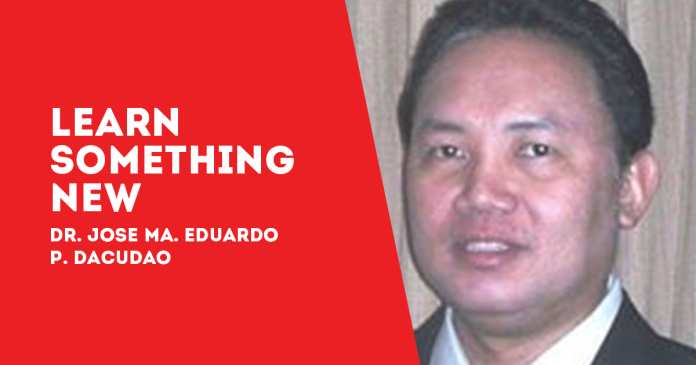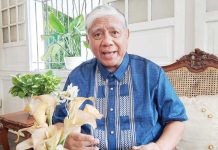
IN THE 1960s, Butuanon was the lingua franca in Butuan. Unable to ACCULTURATE Cebuano immigrants, Butuanon has become moribund according to UNESCO.
Confined to only one barangay in Butuan, UNESCO predicts they will be extinguished in the near future if nothing is done to reverse this trend, as with other moribund languages.
The same is occurring in Camarines Norte. They are being Tagalized, as the younger generations of Bicolanos are adopting Tagalog.
Same thing is also happening to Kamayo-Mandaya-Davaoeño (the main dialects of Kamayo which is called Davaoeño in Davao and Kamayo in mountainous areas).They are being Cebuanized, an ongoing process, as the younger generations have been ceasing to speak Kamayo. They will die out, albeit in the further future than Butuanon and Cuyonon.
The same fate awaits Kapampangan in the further future, if nothing is done. Ditto for all the non-Tagalog languages and the ethno linguistic peoples they define and define them.
Tagalog is the only language being promoted by our Dep Ed, which is going to be the eventual death knell of other Philippine languages and the ethno linguistic peoples they define, turning us into the Republic of Tagalog, not the Philippines.
This isn’t diversity. It’s anti-diversity. The way to preserve diversity is to enable minority peoples to ACCULTURATE immigrants to their territories.
So far Iloilo and Bacolod have done that. There are probably more non-Ilonggo immigrants in Iloilo and Bacolod than ever was or is in Palawan (mostly Cebuanos and Tagalogs). Yet, because their children grow up as fluent Ilonggo speakers, they identify themselves as Ilonggos upon reaching teen age years so no one notices that they are offspring of immigrant parents.
They can be already considered as native Ilonggos since they have been ACCULTURATED to the Ilonggo Visayan language. Same is true in Cebu. Everyone I know that grew up in |Cebu knows how to speak Cebuano Visayan.
This even applies to Indians and Chinese born in and raised in Iloilo and Bacolod. I once went to an Indian shop in Bacolod. I was looking at the cellphones and spoke to the tindera without looking up. We conversed for a while in Ilonggo Visayan.
Her Ilonggo was completely fluent and perfect, with all the correct accent and contracted terms typical of Negrosanon Ilonggo. To my shock when I looked up, she looked totally pure Indian.
So did the other tinderas. They are probably children of Indian immigrants that were born and raised in Bacolod.
It often comes as a surprise for non-Austronesian peoples like Ilonggo Visayans to hear people from the Indo-European race speak completely fluent Ilonggo like the rest of them. Technically the same thing applies to Spanish and American descendants who look quite European but have been completely Ilonggated for generations already. (To be continued)/PN







